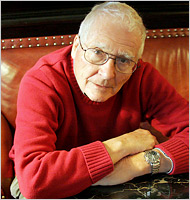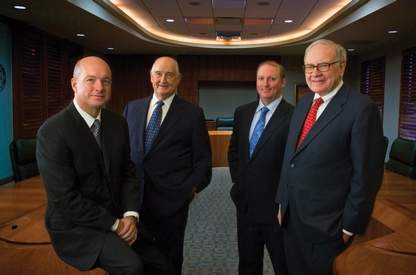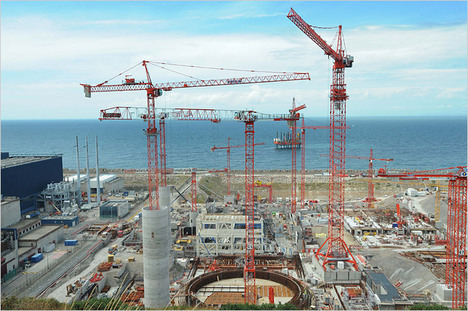“Source of graphic: online version of the WSJ article quoted and cited below.
(p. R3) Bill Gates reshaped the computer industry by pumping out new versions of Microsoft Windows software every few years, fixing and fine tuning it as he went along.
He’s now betting that he can reshape the energy industry with a project akin to shipping Windows once and having it work, bug-free, for 50 years.
Thanks to his role funding and guiding a start-up called TerraPower LLC, where he serves as chairman, Mr. Gates has become a player in a field of inventors whose goal is to make nuclear reactors smaller, cheaper and safer than today’s nuclear energy sources. The 30-person company recently completed a basic design for a reactor that theoretically could run untouched for decades on spent nuclear fuel. Now the company is seeking a partner to help build the experimental reactor, and a country willing to host it.
It’s a long-term, risky endeavor for Mr. Gates and his fellow investors. The idea will require years to test, billions of dollars (not all from him) and changes in U.S. nuclear regulations if the reactor is to be built here. Current U.S. rules don’t even cover the type of technology TerraPower hopes to use.
“A cheaper reactor design that can burn waste and doesn’t run into fuel limitations would be a big thing,” Mr. Gates says. He adds that in general “capitalism underinvests in innovation,” particularly in areas with “long time horizons and where government regulations are unclear.”
. . .
The company has made pitches in France and Japan, Mr. Myrhvold says; both have big nuclear-power industries. He’s also made the rounds in Russia, China and India, he says. So far, there have been no takers.
One country he is certain won’t be a customer anytime soon is the U.S., which doesn’t yet have a certification process for reactors like TerraPower’s. It would likely be a decade or more before the reactor could be tested on U.S. soil. “I don’t think the U.S. has the willpower or desire to build new kinds of nuclear reactors,” Mr. Myrhvold says. “Right now there’s a long, drawn-out process.”
. . .
Mr. Myrhvold says he hopes the process will speed up and spark innovation to meet the world’s growing energy demand. “Let’s try 20 ideas,” he says. “Maybe five of them work. That’s the only way to invent our way out of the pickle we’re in.”
For the full story, see:
ROBERT A. GUTH. “A Window Into the Nuclear Future; TerraPower–with the backing of Bill Gates–has a radical vision for the reactors of tomorrow.” The Wall Street Journal (Mon., FEBRUARY 28, 2011): R3.
(Note: ellipses added.)













